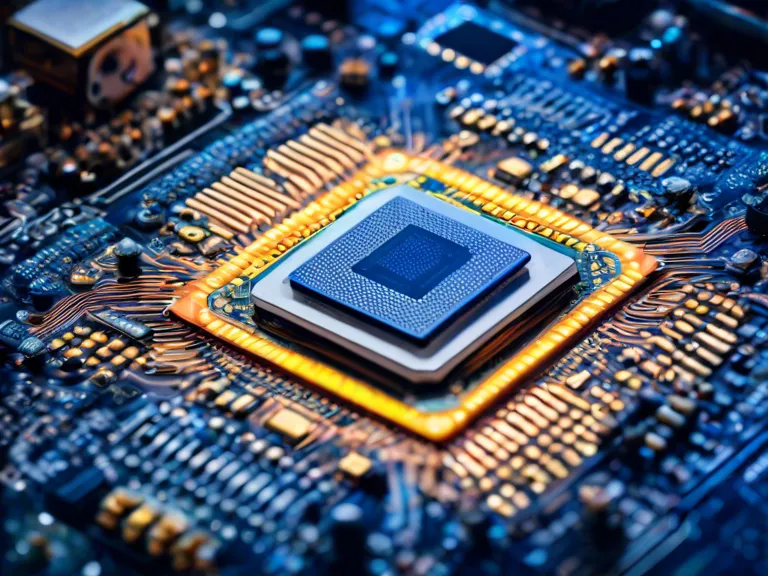
Artificial intelligence (AI) is revolutionizing the semiconductor design industry, and China and Taiwan are at the forefront of these innovations. From optimizing chip performance to enhancing efficiency in production processes, AI is opening up new possibilities for the future of semiconductor design.
In China, companies are leveraging AI to accelerate the development of chip designs and improve the overall quality of their products. By utilizing machine learning algorithms, engineers can quickly analyze vast amounts of data to identify patterns and optimize chip architectures for maximum performance. This has enabled Chinese semiconductor companies to compete on a global scale and drive innovation in the industry.
Meanwhile, Taiwan has long been a hub for semiconductor manufacturing, and the integration of AI into the design process is further solidifying its position as a leader in the field. Taiwanese companies are using AI to automate various stages of the design process, reducing time-to-market and increasing productivity. This not only benefits the companies themselves but also strengthens Taiwan's semiconductor ecosystem as a whole.
The collaboration between China and Taiwan in the semiconductor industry has also led to significant advancements in AI-powered chip design. By pooling their resources and expertise, companies from both regions are pushing the boundaries of what is possible in semiconductor technology. This cross-border partnership is fostering a spirit of innovation and driving the development of next-generation chips that will power the devices of tomorrow.
As AI continues to evolve, so too will the field of semiconductor design. China and Taiwan are well-positioned to drive this evolution and shape the future of the industry. By embracing AI technologies and fostering collaboration, companies in these regions are leading the way in semiconductor innovation and setting new standards for the global market.



